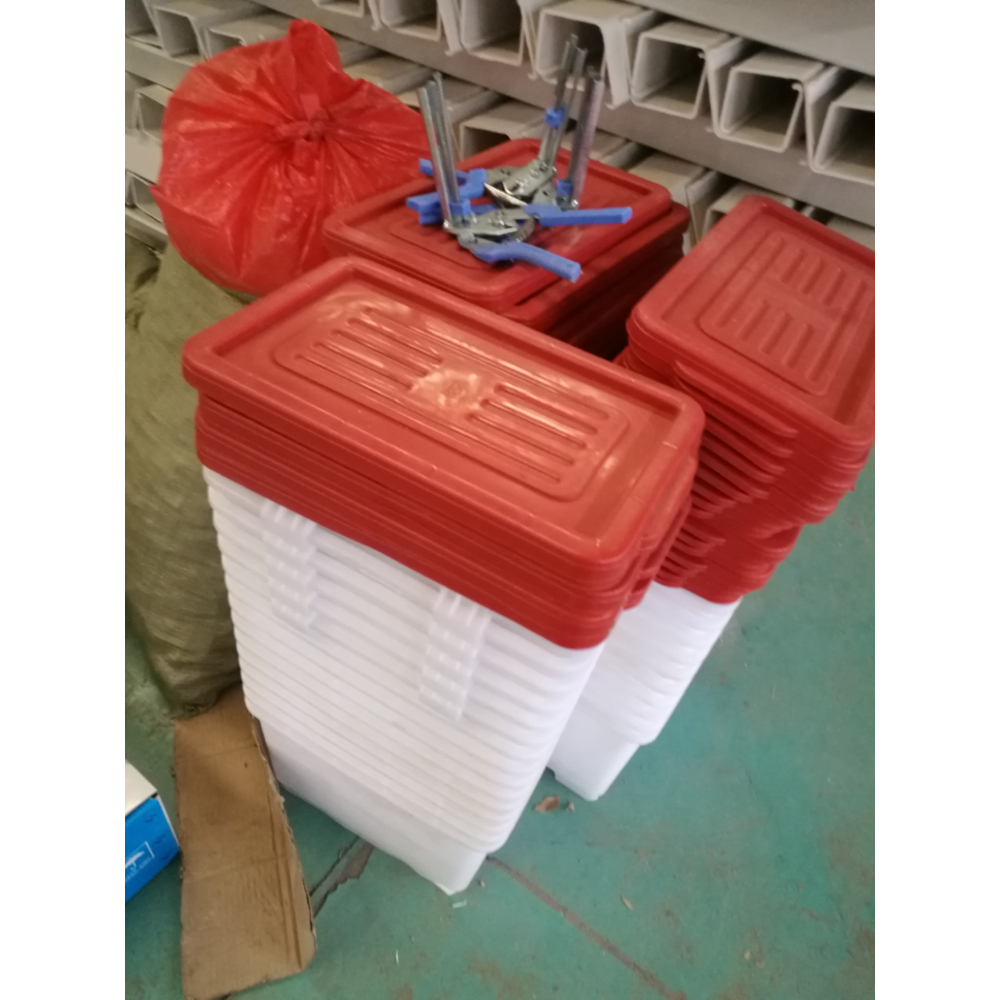Feed Pelletizer Equipment for Efficient Animal Feed Production and Processing
Dec . 05, 2024 04:46 Back to list
Feed Pelletizer Equipment for Efficient Animal Feed Production and Processing
The Importance and Functionality of Feed Pelletizer Machines
Feed pelletizer machines play a pivotal role in the animal feed industry, addressing the growing demand for efficient and sustainable animal husbandry practices. As the world’s population increases, the need for high-quality animal protein is ever-present, leading to a surge in the production of animal feed. The feed pelletizer machine stands out as a crucial piece of equipment in this process, enabling manufacturers to produce high-quality pellets that enhance nutritional value, improve digestion, and contribute to overall animal health.
Understanding Feed Pelletizer Machines
At its core, a feed pelletizer machine is designed to convert powdered feed ingredients into pellets. This transformation is achieved through a process called pelleting, where the raw materials are subjected to pressure and heat, resulting in the formation of dense, uniform pellets. These machines are typically utilized for producing feed for livestock, poultry, aquaculture, and pets.
The primary ingredients used in feed pellet production include grains, protein meals, vitamins, minerals, and other dietary supplements. The pelletizing process not only improves the digestibility of these ingredients but also ensures that animals receive a balanced diet, which is crucial for their growth and productivity.
Advantages of Using Feed Pelletizer Machines
1. Enhanced Nutritional Value Pelleting helps to enhance the nutritional value of feed by destroying harmful microorganisms and pathogens. The high temperatures achieved during the pelleting process can aid in the sterilization of feed ingredients, ensuring that what is consumed by the animals is safe and nutritious.
2. Improved Feed Efficiency Pellets are more compact and easier for animals to consume compared to loose feed. The uniform size of pellets promotes better feed conversion rates, meaning that animals can obtain the necessary nutrients more efficiently.
feed pelletizer machines

3. Reduced Waste Using feed pelletizer machines helps minimize feed waste. Pellets are less likely to be sorted or wasted, ensuring that animals consume a higher percentage of the feed provided to them. This not only benefits the animals but also translates into cost savings for farmers.
4. Convenient Transportation and Storage Pellets are easier to store and transport than loose feed. Their compact nature allows for more efficient storage in smaller spaces, which is especially beneficial for farms with limited storage facilities or for transport over long distances.
5. Versatility Modern feed pelletizer machines are designed to handle a variety of feed ingredients, allowing for the production of specialized diets tailored to the unique nutritional needs of different animal species. This versatility is particularly important in a market where customization is increasingly demanded by consumers.
The Manufacturing Process
The typical process involved in using a feed pelletizer machine begins with the grinding of feed ingredients into a fine powder. This powder is then mixed with other components, including water, to achieve optimal moisture content. Once adequately mixed, the feed enters the pelletizer, where it is subjected to compression through a die under high pressure and temperature. The resulting pellets are then cooled and can be bagged for storage or distribution.
Conclusion
In conclusion, feed pelletizer machines are integral to the production of animal feed, contributing significantly to the efficiency and effectiveness of the livestock and aquaculture industries. With their ability to enhance nutritional value, reduce waste, and promote better animal health, these machines are vital to meeting the increasing demand for high-quality animal protein. As the agricultural sector continues to evolve, investing in advanced feed pelletizer technology will be essential for farmers and manufacturers looking to stay competitive in a rapidly changing market. The future of animal feed production undoubtedly rests on the capabilities of these innovative machines, paving the way for a more sustainable and efficient approach to animal husbandry.
-
High Performance Exhaust Fan – Efficient Ventilation Solutions for Home
NewsJun.10,2025
-
High-Quality Gestation Pen for Sows Durable Mobile Pig Pen & Simple Pig Pen Solutions
NewsJun.10,2025
-
High Quality Rabbit Cage Double Tier Designs & Welded Wire Mesh Supplier
NewsJun.10,2025
-
Floating Fish Feed Machine - High Efficiency Floating Fish Feed Extruder for Small Scale Production
NewsJun.10,2025
-
Premium Poultry Housing Solutions Mobile & Commercial Free Range Options
NewsJun.10,2025
-
Industrial FRP Fans Corrosion-Resistant Blades & Centrifugal Systems
NewsJun.09,2025






